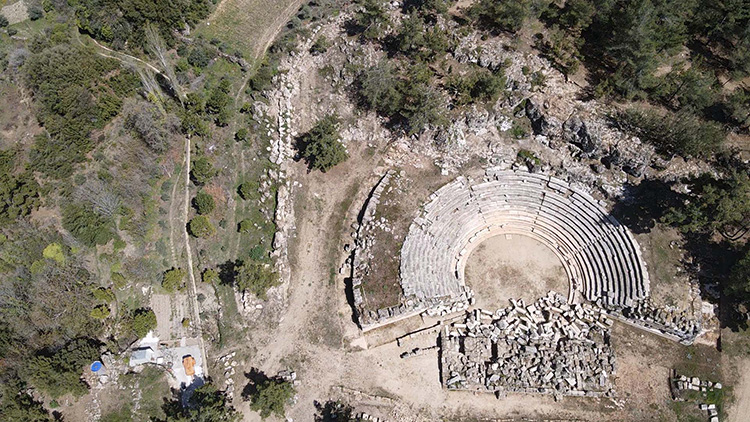
Hyllarima Ancient City’s 2-Kilometer Walls to be Opened to Tourism
The approximately 2-kilometer-long city walls of the ancient city of Hyllarima, located in the Kavaklıdere district of Muğla and home to significant structures from the Classical, Hellenistic, and Roman periods, will be unearthed through meticulous work and will make a significant contribution to cultural tourism.
Located in the Derebağ neighborhood, Hyllarima takes its visitors on a journey through ancient times with its impressive artifacts unearthed during excavations to date. Known as one of the oldest settlements in the inner parts of the Karia region and surrounded by walls, the ancient city houses important structures such as a theater, council building, and agora. Now, the remnants of the city walls that encircle it will be revitalized through conservation and restoration efforts and will take their place among the exploration routes for visitors.
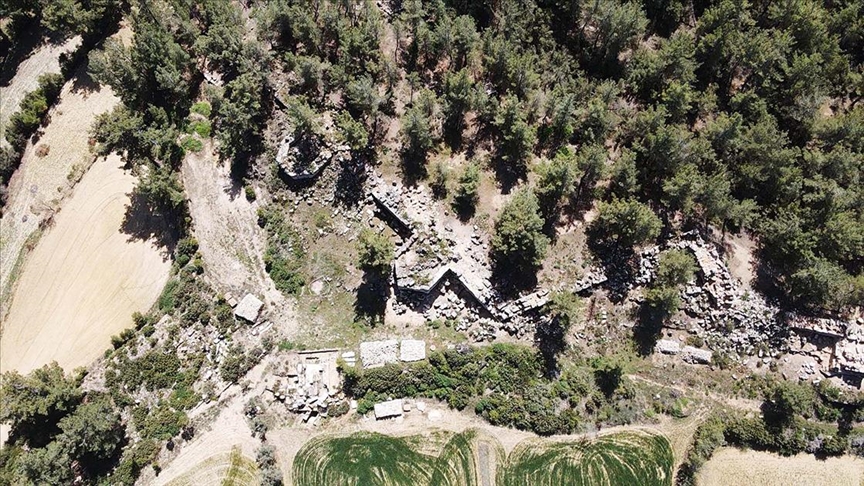
Excavation Director Prof. Dr. Bekir Özer pointed out that the ancient city was a strategic defense point against potential threats from Anatolia and coastal regions throughout history. Stating that this situation has been proven by archaeological and historical documents since the Hittite period, Prof. Dr. Özer said, “This place is located on a high rock mass. When the inhabitants of the city decided to move from Asar Tepe to this region in the 4th century BC, a settlement surrounded by high walls and secured was planned. As a result of the excavations and research we have been conducting for several years, we observe that the construction of the city walls, which began in the 4th century BC, continued until the beginning of the 3rd century BC. Especially in the eastern part of the city, the defense system, with its wall heights reaching 4-5 meters in some places, and its city walls and towers, is very well preserved.”
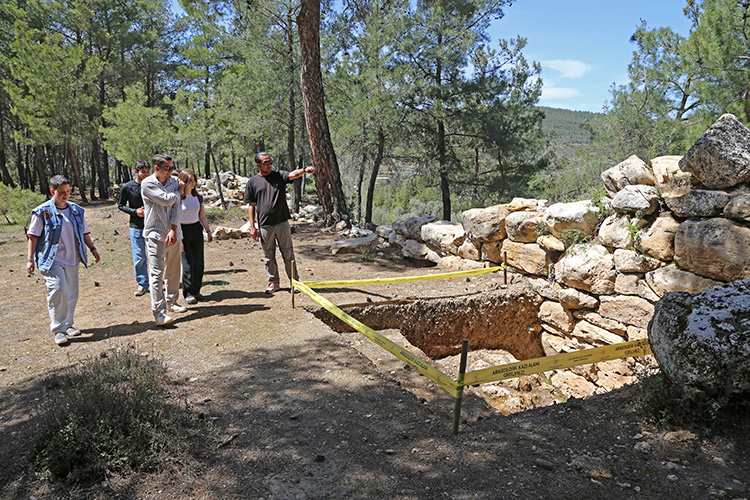
Prof. Dr. Özer noted that they have determined the city walls to be approximately 2 kilometers long, and this length may change as the work progresses. Emphasizing that the Karians needed to build a city with a strong defense system in this geography during that period, Özer stated that Hyllarima was chosen for this purpose.
Pointing out the originality of the materials used in the walls and structural elements, Prof. Dr. Özer said, “In the eastern part of the city, in areas close to the marble source, the foundation stones were built from marble, while in areas far from the marble quarry, the walls were built with stones cut from the rock mass on which the city was founded. In other words, different construction techniques were applied. We believe that these stones give Hyllarima Ancient City a unique identity because the quarries or areas they opened to obtain these stones were planned as the city’s living areas, workshops, or streets. Therefore, the walls were formed according to which stone source was nearby.”
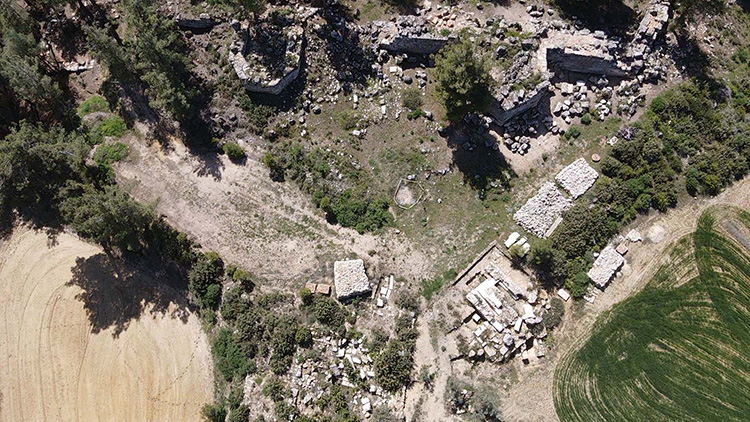
Stating that they plan to restore the towers and wall remnants in some parts in the future, Prof. Dr. Özer added, “In some places, we plan to leave the city walls in their original, collapsed state. Our aim is to enrich the imagination of visitors coming to the area.”
Prof. Dr. Özer concluded by saying that one of the most important elements that gives the city its identity is the original street lines from the Hellenistic and Roman periods, which can be seen even before excavation. When these important works in Hyllarima Ancient City are completed, the region will become a must-see destination for history and culture enthusiasts.
You may also like
- A 1700-year-old statue of Pan unearthed during the excavations at Polyeuktos in İstanbul
- The granary was found in the ancient city of Sebaste, founded by the first Roman emperor Augustus
- Donalar Kale Kapı Rock Tomb or Donalar Rock Tomb
- Theater emerges as works continue in ancient city of Perinthos
- Urartian King Argishti’s bronze shield revealed the name of an unknown country
- The religious center of Lycia, the ancient city of Letoon
- Who were the Luwians?
- A new study brings a fresh perspective on the Anatolian origin of the Indo-European languages
- Perhaps the oldest thermal treatment center in the world, which has been in continuous use for 2000 years -Basilica Therma Roman Bath or King’s Daughter-
- The largest synagogue of the ancient world, located in the ancient city of Sardis, is being restored

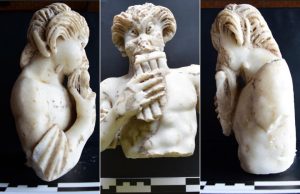
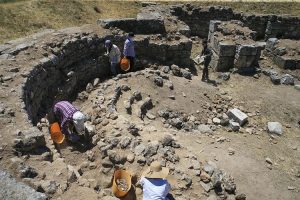
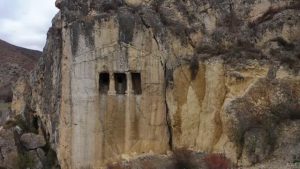
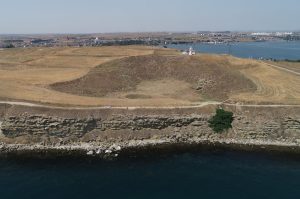
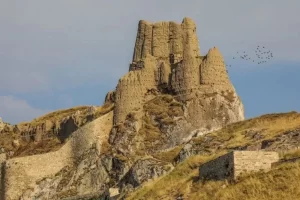



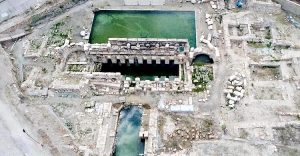
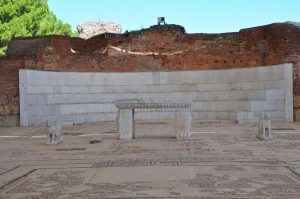
Leave a Reply